While playing through Dragon Age: The Veilguard, I’ve found myself increasingly aware that the game has less in common with BioWare‘s previous hardcore RPGs, like Star Wars: Knights of the Old Republic and the series’ own Dragon Age: Origins, and much more in common with PlayStation first-party games.
Not one Sony game in particular, mind you. No, The Veilguard is making similar design decisions to multiple PlayStation games. As a PlayStation fan, I don’t mind, but it is interesting to see that, on a long enough timeline, expensive triple-A games tend to get whittled into that familiar Sony shape.
4:06
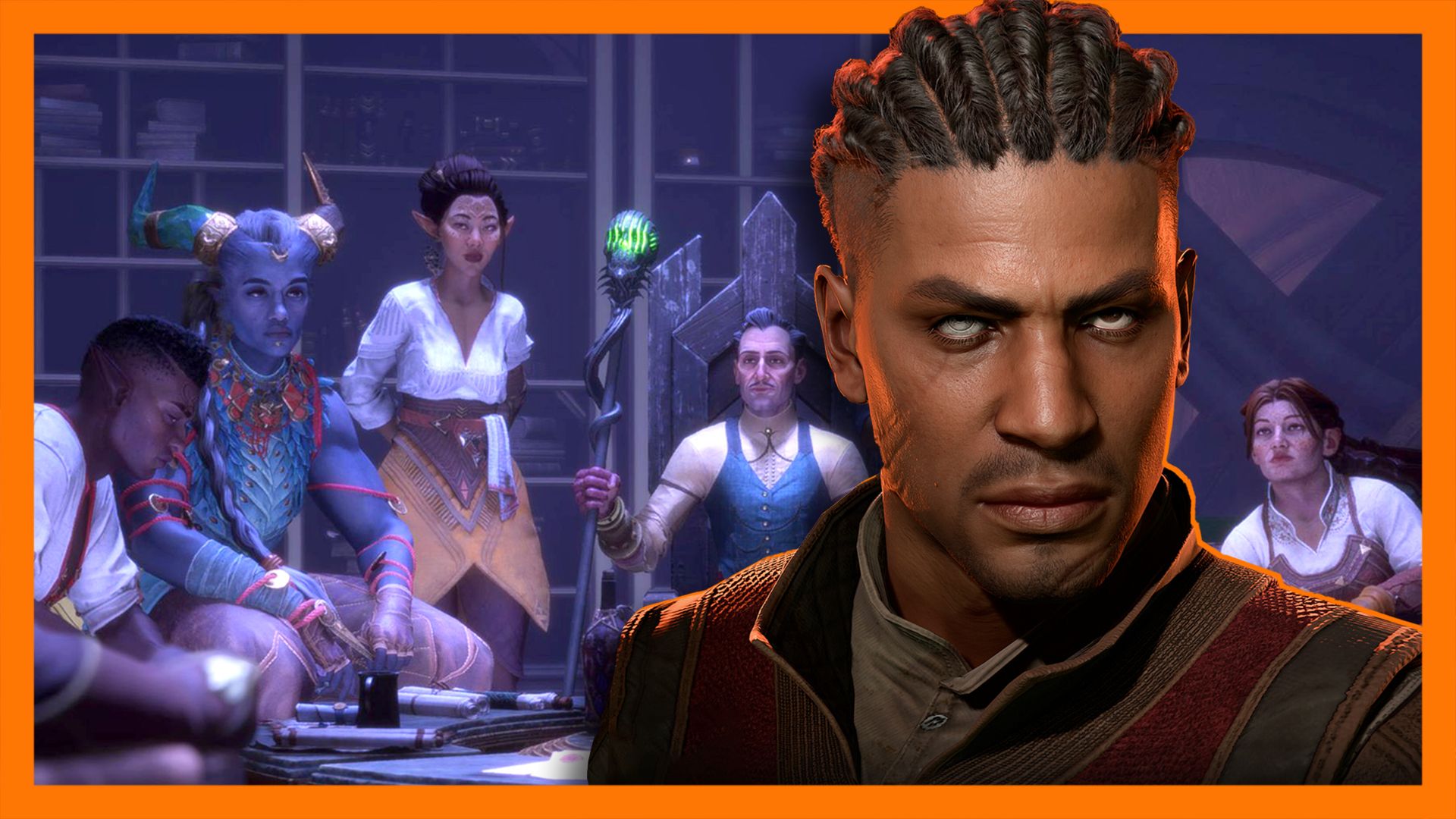
Related
Dragon Age The Veilguard Is Like Having A Party Full Of Wylls
Wyll is a great character, just… Not in a party where everyone is so sickeningly nice and heroic
The Veilguard Of War
In Dragon Age: The Veilguard, your dialogue options are limited to a few choices on a wheel, with helpful icons that indicate what tone that pick will convey. A fist icon indicates resolve, a head housing a bunch of exclamation points represents anxiety, and a jester mask is your cue that Rook will respond with a devil may care quip.
Veilguard’s options are significantly simpler than Dragon Age: Origins, which allowed for a greater variety of roleplay options. But
Dragon Age: Inquisition
and
Dragon Age 2
also used dialogue wheels.
It’s a lot like how conversation works in Horizon Zero Dawn, where Aloy’s dialogue choices are similarly categorized (and similarly inconsequential). These kinds of choices remind me of the explanation Nicolas Cage’s character Sailor repeatedly gives for why he wears a snakeskin jacket in Wild at Heart. “It’s a symbol of my individuality,” he says, “and my belief in personal freedom.” Rook’s funny choice sounds a lot like her resolved choice sounds a lot like her anxious choice. Those icons, like Sailor’s sartorial statement of intent, are there to clue the rest of us in.
The Horizon similarities are limited to dialogue, but the God of War influence is all over The Veilguard. In between missions, Rook and their companions hang out at the Lighthouse, a helpful hideout the gang discovered in the Fade. The game is strictly mission-based but, between those quests, you often head back to the Lighthouse to regroup, upgrade your equipment, and talk to your companions.
This feels extremely similar to God of War Ragnarok’s home base on the Lake of the Nine, where Kratos, Atreus, Mimir, Brok, Sindri, and other characters you join up with along the way go to chat while they take a break from saving the world.
That isn’t the only way Veilguard draws from God of War, though. Levels are laid out in the same linear fashion as Ragnarok’s, with hallways leading to arenas which then lead back to hallways. As in Ragnarok, you frequently find new equipment in big gilded chests strewn about the environment. Runes slot into weapons for status effects and damage boosts like they did in God of War, too. Though The Veilguard has several cities, they have the same amusement park quality, suggesting that everything’s meant to be seen, not touched. It’s hard to picture anyone living in Minrathous. It’s easy to picture everyone heading home when the park closes.
The RPG-ification Of Triple-A Games Has Given Actual RPGs A Choice
The Veilguard adds to my growing feeling that there are two ways to design a linear triple-A game nowadays, as represented in The Last of Us Part 2 and Ragnarok. Silent Hill 2, which allows you to explore a bunch of different areas while the overall arc of the game is moving forward, is in The Last of Us Part 2 mold. Recent hyper-linear RPGs like Final Fantasy 16 and Veilguard are in the Ragnarok mold.
More broadly, Dragon Age: The Veilguard represents the choice that every RPG studio has to make in an era when most big games are, on some level, RPGs. Call of Duty 4: Modern Warfare fundamentally reshaped the gaming landscape when it arrived in 2007, showing that progression was something that could be applied to any genre, not just Dragon Quest and Neverwinter Nights.
When God of War and Horizon Zero Dawn and Fortnite and Madden and Valorant all have RPG-style experience points and progression, RPGs can either lean into the crunchy sharp edges that make them hardcore or lean into the same stream as huge mainstream blockbusters. They can double down on their identity, or accept that they’re the same as everyone else. And, in the single-player space, Sony sets the terms of the conversation.
This doesn’t make The Veilguard bad. I’m having a pretty good time with it. But it does make it feel like BioWare is cosplaying as God of War, when it needs to forge its own identity.

Next
Dragon Age: The Veilguard Should Have Done More With The Dalish
The Veilguard paints a different picture of elven history than the Dalish’s interpretation, and yet there’s a surprising lack of elves.
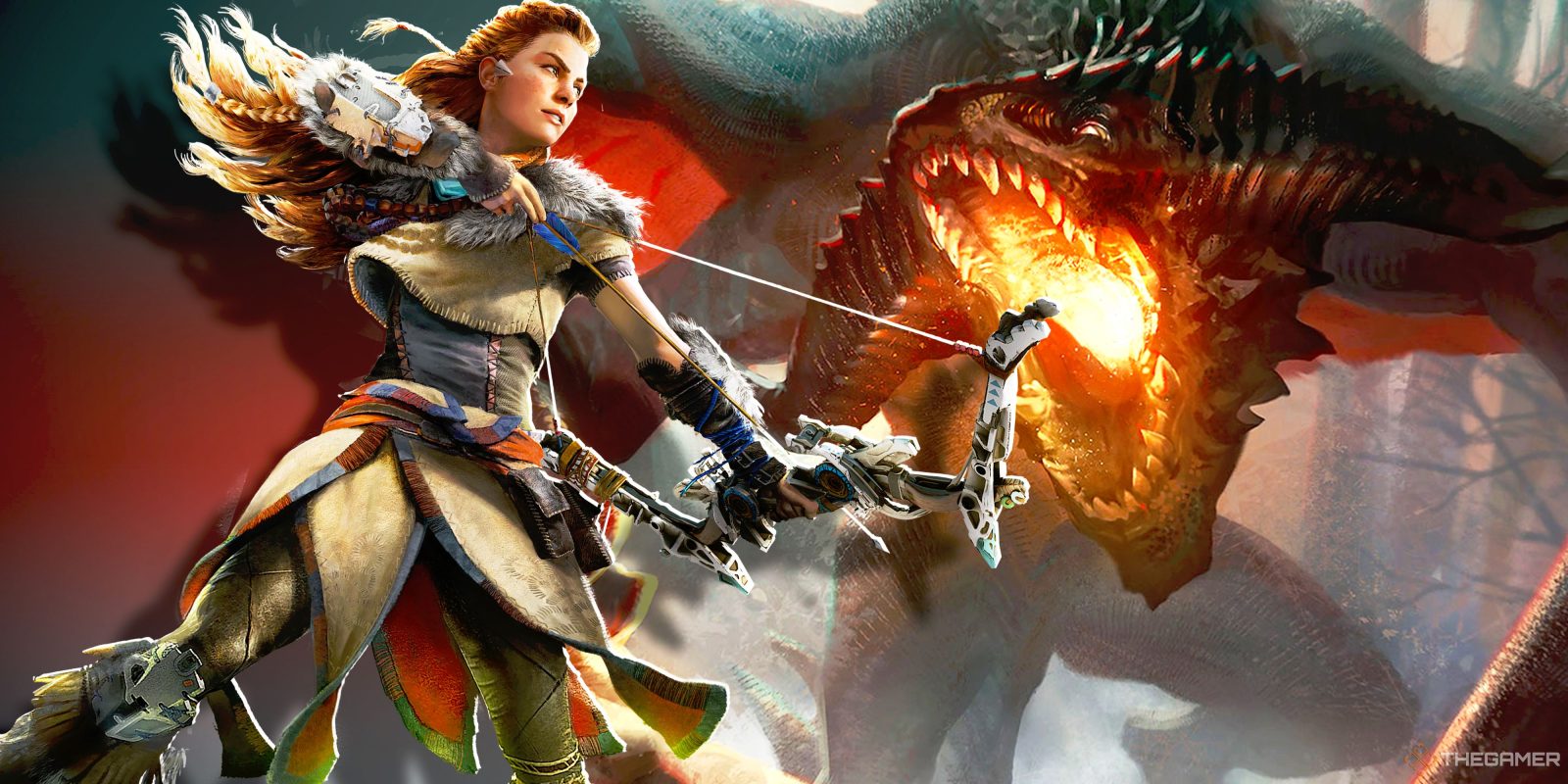
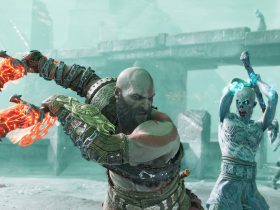
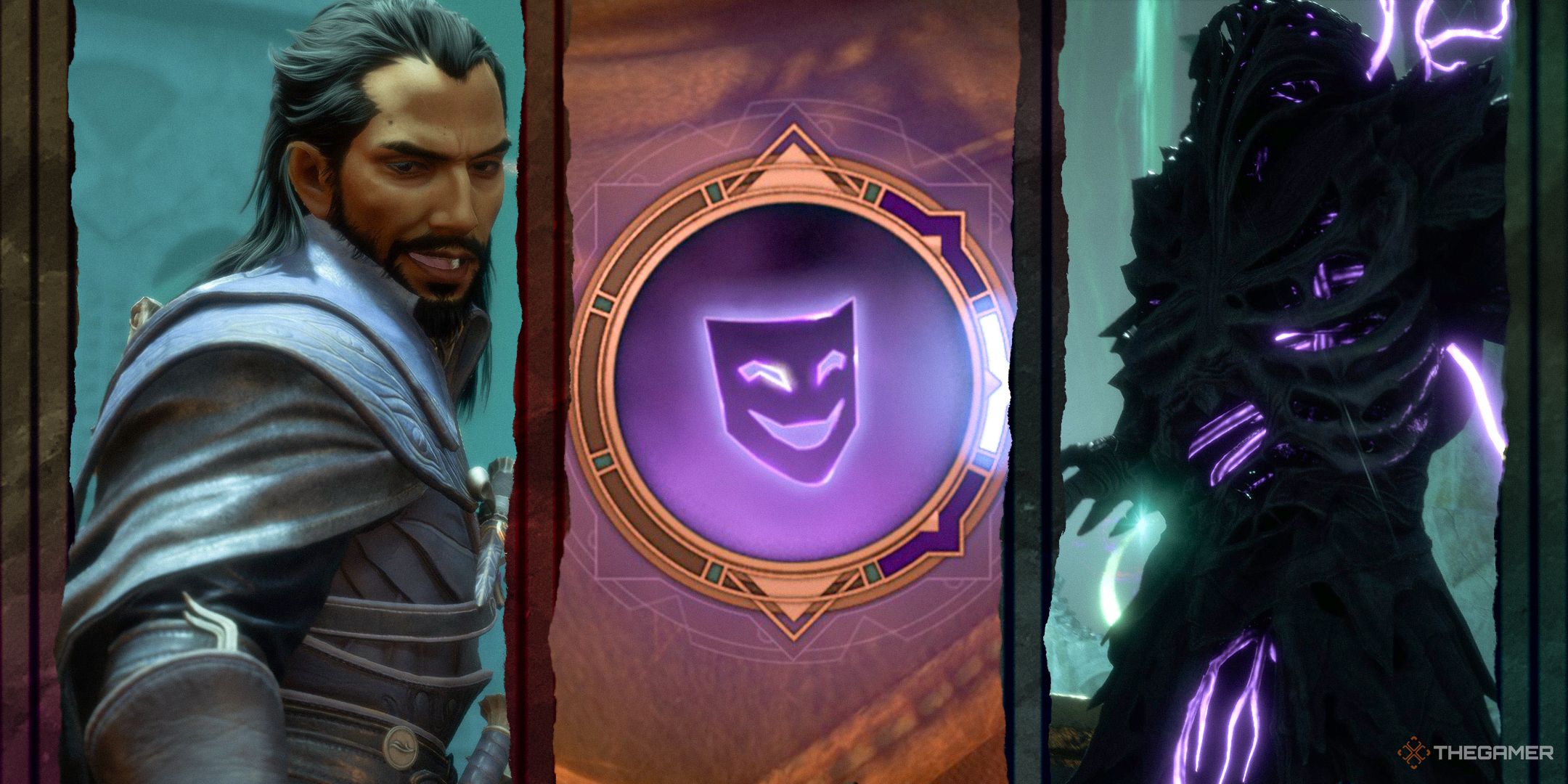






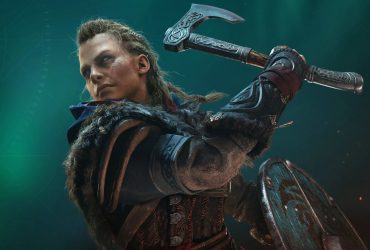
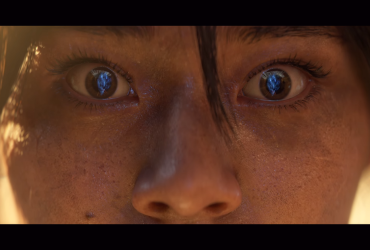

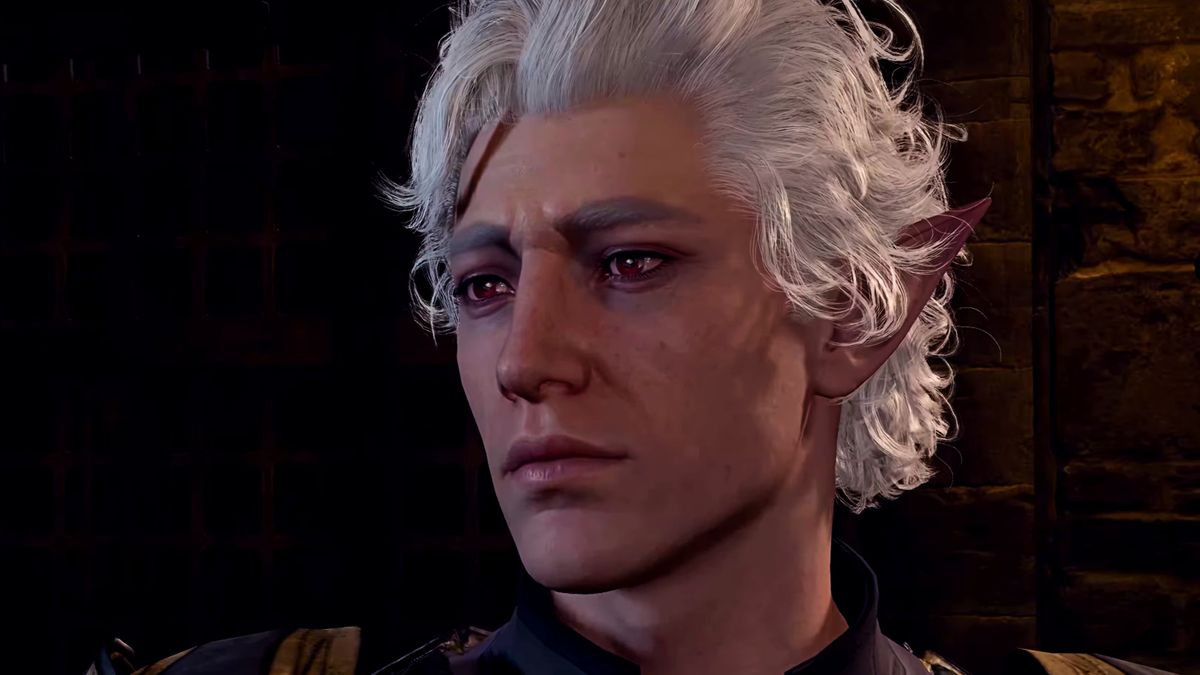
Leave a Reply